How to Use Backtesting Tools to Evaluate Trading Strategies?
Jumping into trades based on a gut feeling is like driving with your eyes closed—it’s risky, messy, and usually ends badly. That’s where backtesting comes in. It’s like a rehearsal for your strategy, letting you see how it would have worked in the past before risking real money.
But here’s the catch: many traders either misunderstand backtesting or don’t do it right. They cherry-pick data, ignore fees, or make their strategy too perfect for past conditions—so it looks great on paper but crashes in live trading.
Why Backtesting Matters

Backtesting isn’t about predicting the future. It’s about checking if your trading idea makes sense in real-world conditions. A solid backtest can:
- Catch flaws before they cost you money
- Boost your confidence with historical proof
- Help fine-tune your entry, exit, and trade size
- Keep your decisions based on data, not emotions
In short, it turns guesswork into a tested plan.
Also Read: How does Growth Investing Differ from Value Investing?
How to Backtest the Right Way
To make your backtest useful, follow a proper process:

1. Use Clean Historical Data
Good results start with good data. Choose platforms that provide:
- Adjusted prices (for dividends and stock splits)
- Full-timeframes (intraday and daily)
- Options to export data to Excel, Python, etc.
2. Set Clear Rules
Don’t rely on vague ideas like “buy when it feels bullish.” Define:
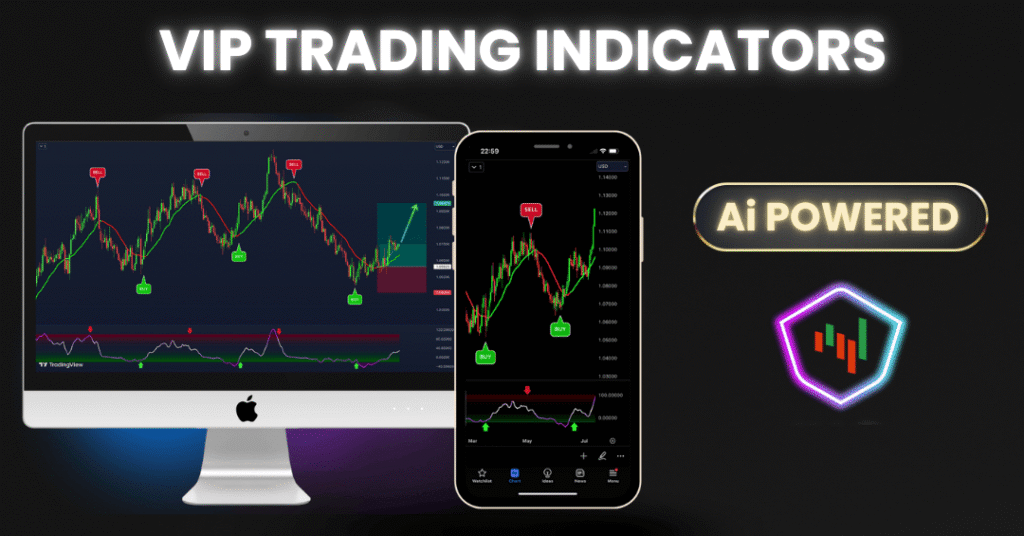
- Clear conditions: e.g., “Buy when RSI is below 30 and price moves above the 50-day moving average.”
- Quantifiable indicators: Use numbers, not feelings
- Repeatable logic: So you or a computer can test it without guesswork
3. Simulate Real Market Conditions
Backtests can look perfect if you ignore real-life issues. So include:
- Slippage: You won’t always get the price you want
- Trading costs: Frequent trades = higher fees
- Liquidity: Illiquid stocks can hurt execution
Tip: Subtract around 0.1% to 0.5% per trade to simulate costs.
4. Test in All Market Types
A strategy that only works in bull markets isn’t reliable. Test it across:
- Uptrends
- Downtrends
- Sideways markets
That way, you’ll know it can handle different conditions.
Also Read: How to Set Up Alerts for Stock Price Movements?
Common Mistakes in Backtesting
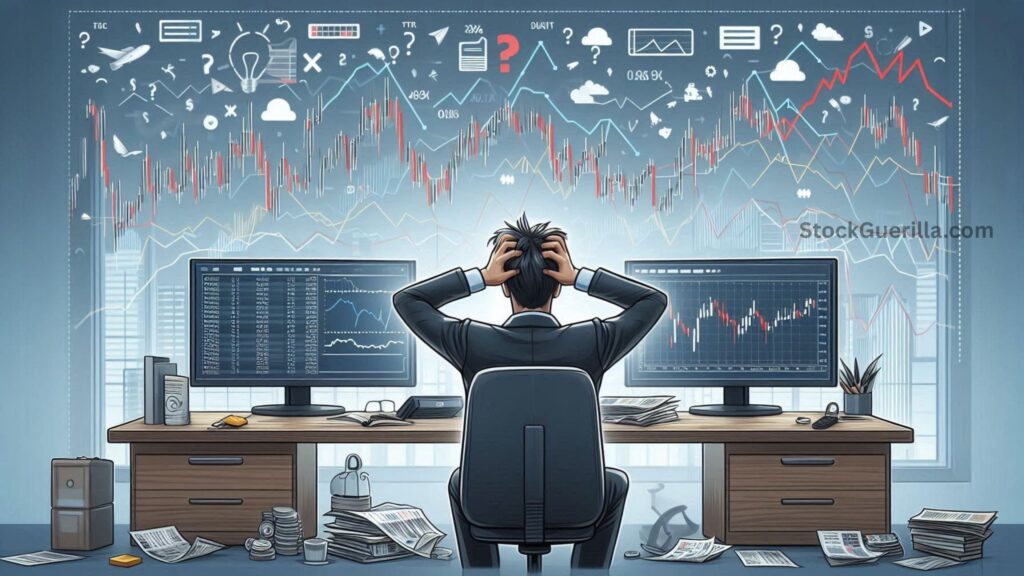
Even experienced traders fall into these traps:
- Ignoring slippage and spread: Small differences add up over time
- Forgetting commissions and taxes: These can eat into profits
- Curve fitting: Making the strategy too perfect for past data leads to poor results in real markets
- Testing only one time period: You need a wide sample—ideally 3 to 5 years of trades
- Emotional bias: Backtest data isn’t emotional—but you are. Emotions can still mess things up
Controlling Your Emotions
Even with a strong strategy, emotions can derail your trading. Here’s how to manage them:
Common Biases
- FOMO (Fear of Missing Out): Chasing trades too late
Fix: Wait for your setup—missing one is better than entering a bad one. - Loss Aversion: Holding losers too long, cutting winners too soon
Fix: Pre-set your stop-loss and profit targets. Stick to them. - Overconfidence: A few wins lead to bigger risks
Fix: Keep your risk per trade fixed, like 1–2% of your capital. - Revenge Trading: Trying to “win back” losses
Fix: Step away. Don’t trade immediately after a loss.
Emotional Control Tricks
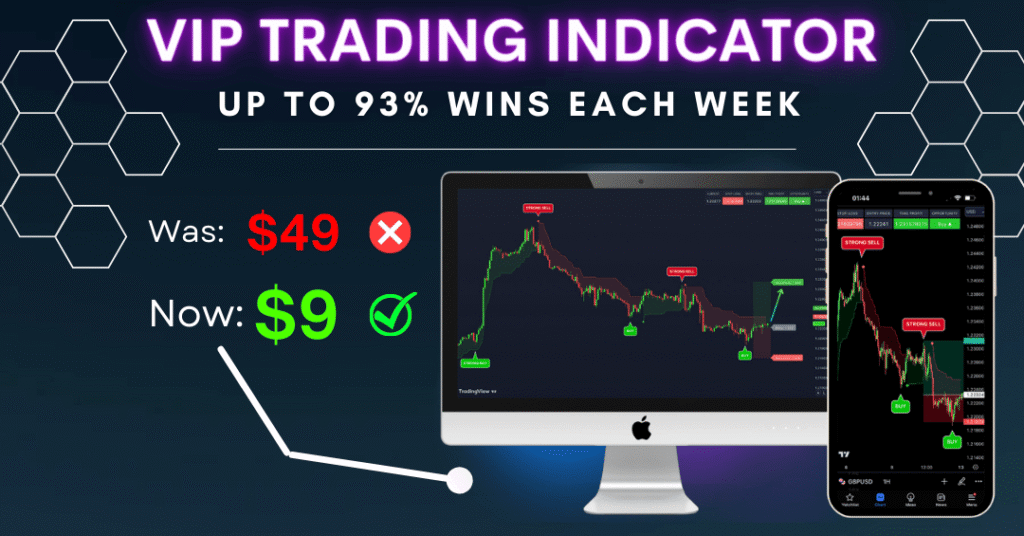
- Keep a trading journal: Note your trades and emotions
- Use the “friend’s money” rule: Would you take the trade if it wasn’t your money?
- Trade on a schedule: Avoid impulsive decisions
- The 24-hour rule: After big wins/losses, pause for a day
What to Measure in a Backtest

Don’t just look at your win rate. These metrics are more useful:
- Sharpe Ratio: Shows return vs. risk. Above 1 is good.
- Profit Factor: Total gains ÷ total losses. Over 1.5 is solid.
- Max Drawdown: Biggest loss from peak. Can you handle it emotionally?
- Expectancy: (Win% × Avg Win) – (Loss% × Avg Loss). Shows your average gain per trade.
Advanced Backtesting Methods
Want to level up? Try these techniques:
- Walk-Forward Testing: Train your strategy on 70% of data, test on the rest.
- Monte Carlo Simulation: Mix up trade orders to test different market paths
- Out-of-Sample Testing: Keep some data hidden until your strategy is finalized—then test for real
Also Read: What is Market Capitalization and Why does it matter?
Best Tools for Backtesting
Choose a platform that fits your skill level and trading style:
| Platform | Best For |
|---|---|
| StockMock | Options strategies with visuals |
| Streak | Drag-and-drop backtests for stocks and F&O |
| AlgoTest | Great for intraday and swing trading |
| uTrade Algos | Custom logic builder with execution support |
| Backtrader | Open-source Python tool for pros |
Final Thoughts
Backtesting is your trading cheat code—but only if you do it right. Be honest with your data, test across different conditions, and watch out for emotional traps. Combine that with solid performance tracking, and you’ll build not just strategies—but confidence.
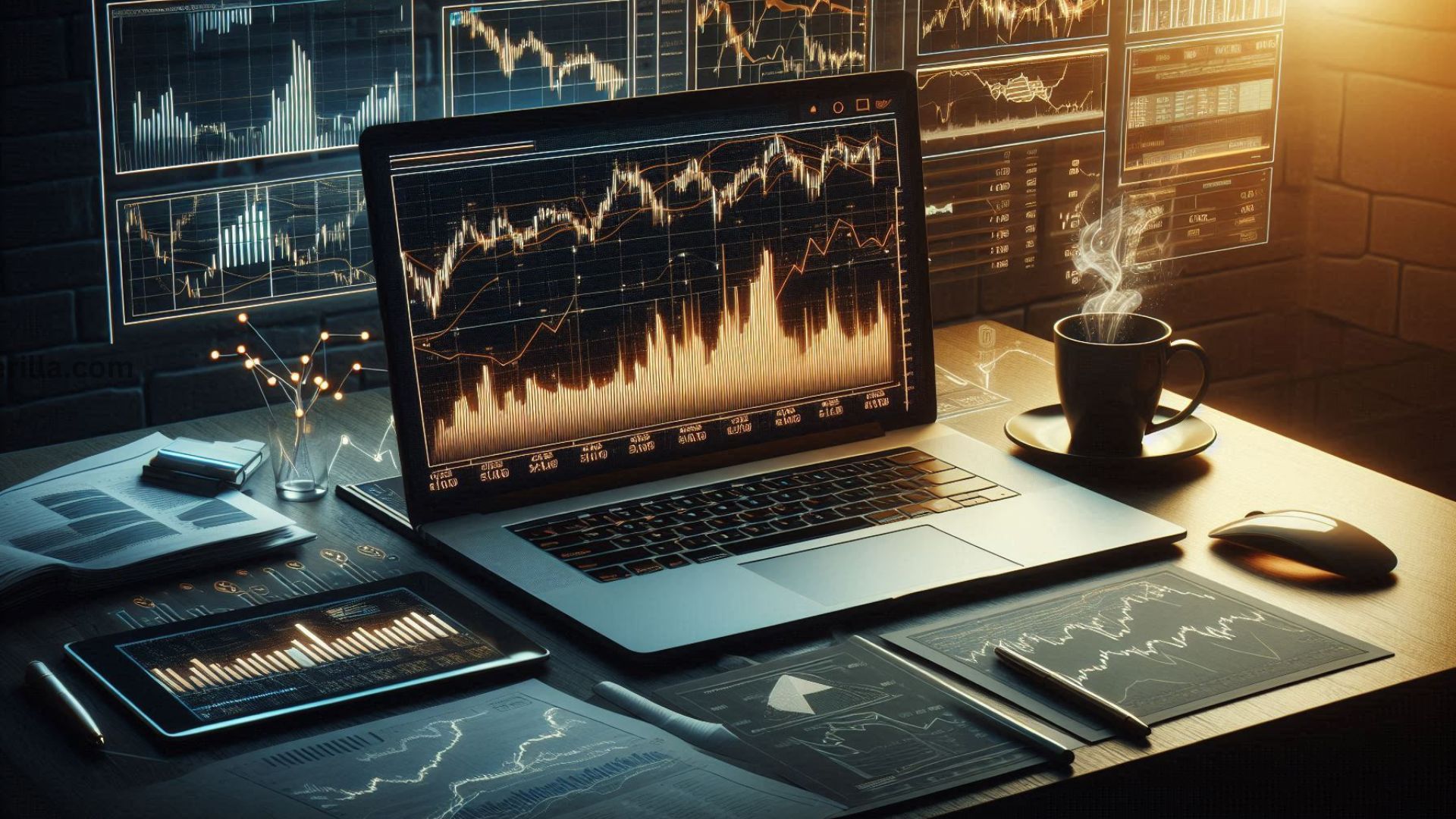
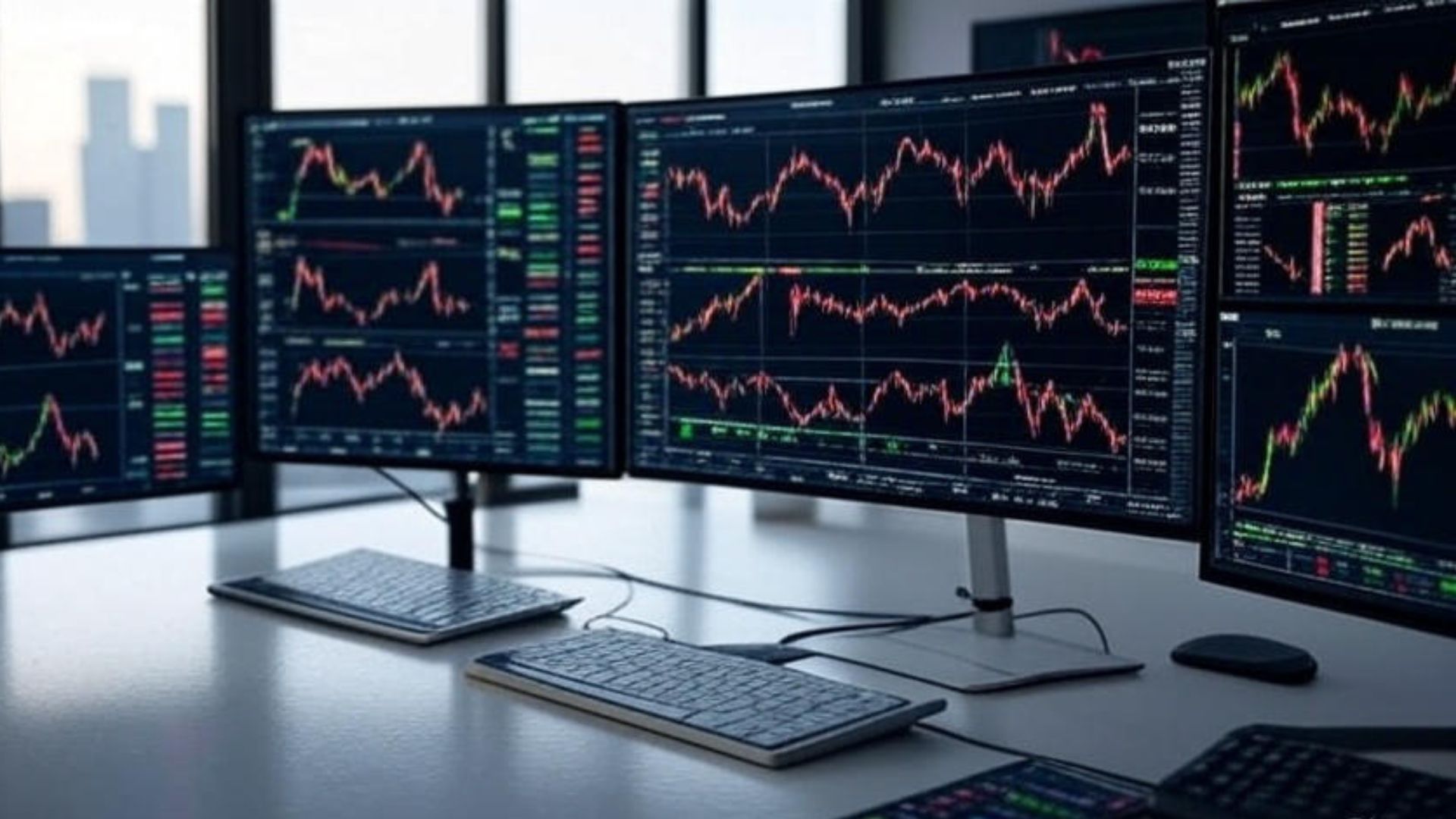

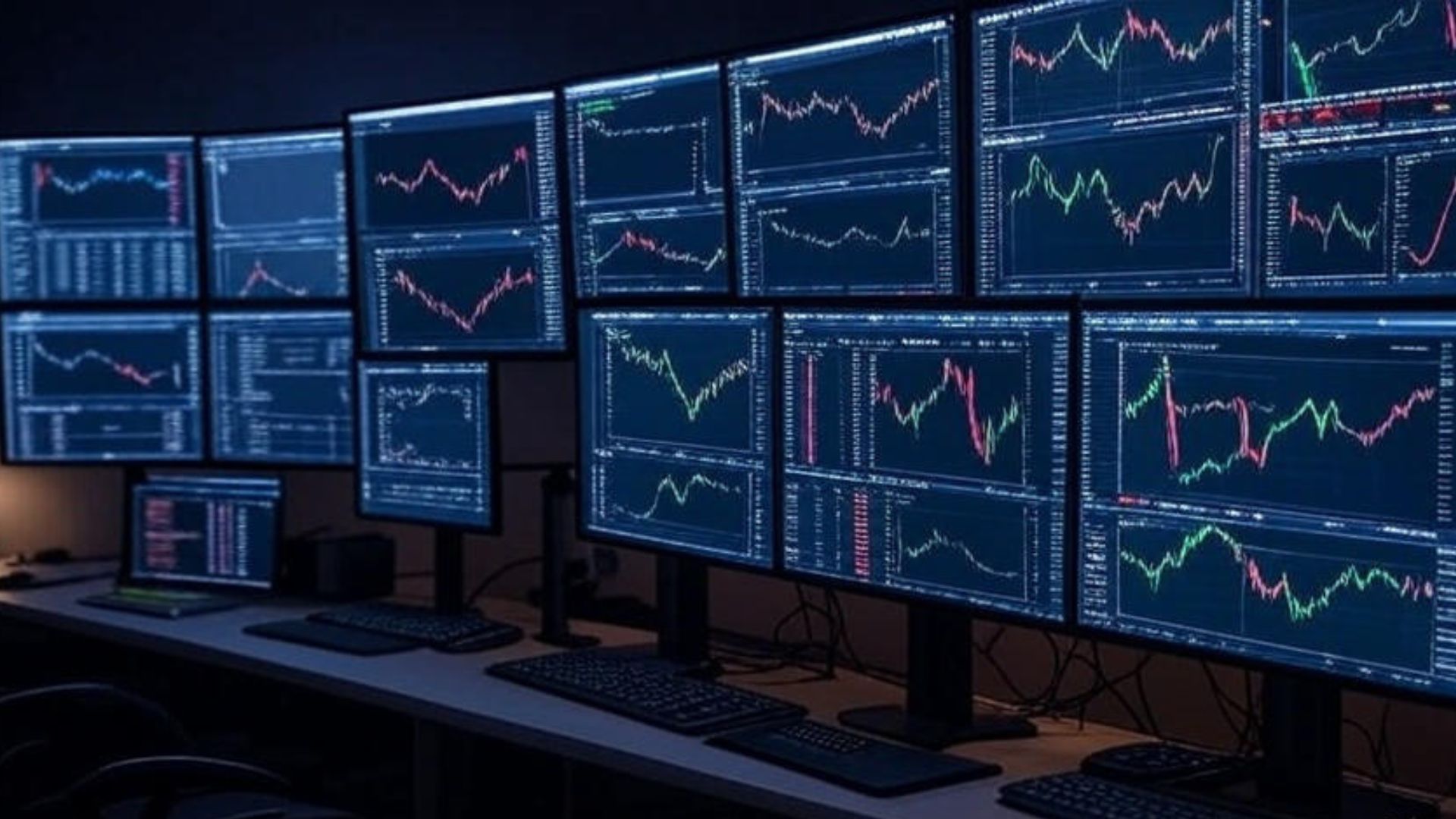
Post Comment